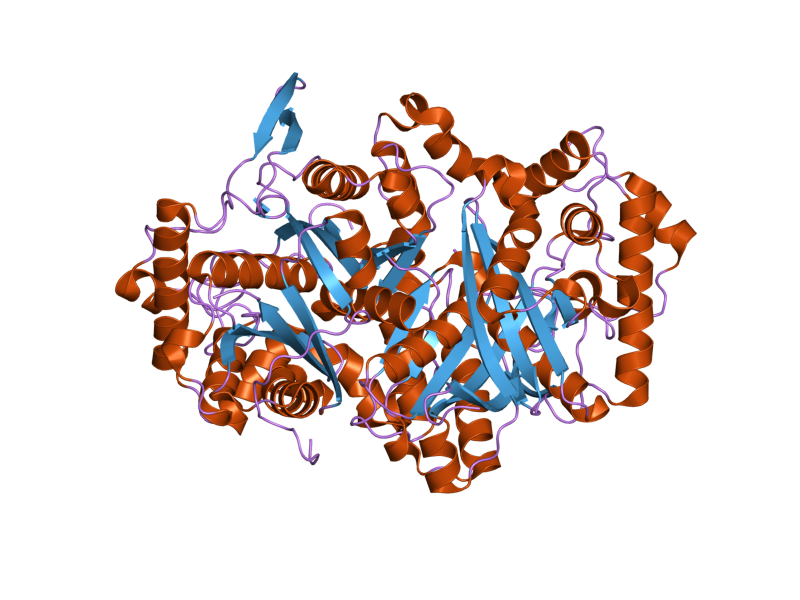|
PEX7
Peroxin-7 is a Receptor (biochemistry), receptor associated with Refsum's disease and rhizomelic chondrodysplasia punctata type 1. See also * Peroxin External links GeneReviews/NCBI/NIH/UW entry on Refsum Disease GeneReviews/NIH/NCBI/UW entry on Rhizomelic Chondrodysplasia Punctata Type 1 * {{biochem-stub ... [...More Info...] [...Related Items...] OR: [Wikipedia] [Google] [Baidu] |
Rhizomelic Chondrodysplasia Punctata
Rhizomelic chondrodysplasia punctata is a rare developmental brain disorder characterized by systemic shortening of the proximal bones (i.e. rhizomelia), seizures, recurrent respiratory tract infections and congenital cataracts. The affected individuals have low levels of plasmalogens. Signs and symptoms Rhizomelic chondrodysplasia punctata has the following symptoms: * Bilateral shortening of the femur * Post-natal growth problems (deficiency) * Cataracts * Intellectual disability * Possible seizures * Possible infections of respiratory tract Genetics This condition is a consequence of mutations in the PEX7 gene, the GNPAT gene (which is located on chromosome 1) or the AGPS gene. The condition is acquired in an autosomal recessive manner. Pathophysiology The mechanism of rhizomelic chondrodysplasia punctata in the case of ''type 1'' of this condition one finds that peroxisome objective is PEX7, in peroxisome assembly. There are 3 pathways that ''count on'' PEX7 and are: :::: ... [...More Info...] [...Related Items...] OR: [Wikipedia] [Google] [Baidu] |
Refsum's Disease
Refsum disease is an autosomal recessive neurological disease that results in the over-accumulation of phytanic acid in cells and tissues. It is one of several disorders named after Norwegian neurologist Sigvald Bernhard Refsum (1907–1991). Refsum disease typically is adolescent onset and is diagnosed by above average levels of phytanic acid. Humans obtain the necessary phytanic acid primarily through diet. It is still unclear what function phytanic acid plays physiologically in humans, but has been found to regulate fatty acid metabolism in the liver of mice. Presentation Individuals with Refsum disease present with neurologic damage, cerebellar degeneration, and peripheral neuropathy. Onset is most commonly in childhood/adolescence with a progressive course, although periods of stagnation or remission occur. Symptoms also include ataxia, scaly skin (ichthyosis), difficulty hearing, and eye problems including retinitis pigmentosa, cataracts, and night blindness. In 80% of patie ... [...More Info...] [...Related Items...] OR: [Wikipedia] [Google] [Baidu] |
Receptor (biochemistry)
In biochemistry and pharmacology, receptors are chemical structures, composed of protein, that receive and transduce signals that may be integrated into biological systems. These signals are typically chemical messengers which bind to a receptor and cause some form of cellular/tissue response, e.g. a change in the electrical activity of a cell. There are three main ways the action of the receptor can be classified: relay of signal, amplification, or integration. Relaying sends the signal onward, amplification increases the effect of a single ligand, and integration allows the signal to be incorporated into another biochemical pathway. Receptor proteins can be classified by their location. Transmembrane receptors include ligand-gated ion channels, G protein-coupled receptors, and enzyme-linked hormone receptors. Intracellular receptors are those found inside the cell, and include cytoplasmic receptors and nuclear receptors. A molecule that binds to a receptor is called a ligan ... [...More Info...] [...Related Items...] OR: [Wikipedia] [Google] [Baidu] |
